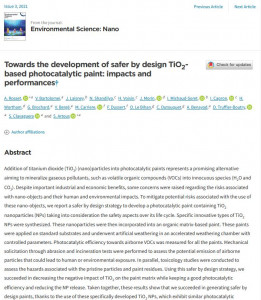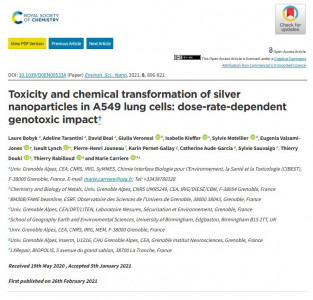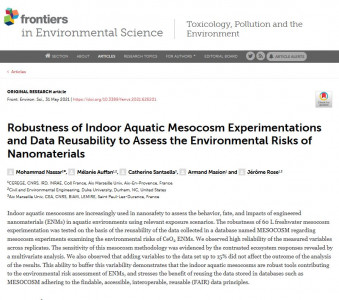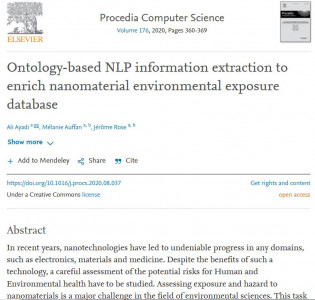Catherine Santaella, research scientist at the LEMiRE, hold a special seminar in Duke University on 2014, February the 26th from 12:00pm to 1:00pm.
Her work contributes to assess relationships between nano-design and impacts on the microbiome of plant roots in case of exposure to environmental concentrations, for high levels concentrations effects observations mainly provide current knowledge.
Presentation first adresses the response of models organisms - e.g. Arabidopsis thaliana and Pseudomonas brassicearum [1] - to nano CeO2 using metabolomics, gene expression, and imaging. Then it focuses on the impacts of nano CeO2 at an environmental concentration (1 mg/kg) on a soil-plant-microbe ecosystem in pocket mesocosms, impacts based on soil enzymatic activities, micronutrients uptake by the plant and alteration of the microbial community structure.
[1] Achouak, W., Sutra, L., Heulin, T., Meyer, J.M., Fromin, N., Degraeve, S., Christen, R., Gardan, L. (2000). Pseudomonas brassicacearum sp. nov. and Pseudomonas thivervalensis sp. nov., two root-associated bacteria isolated from Brassica napus and Arabidopsis thaliana. International Journal of Systematic and Evolutionary Microbiology, 50, 9-18. PMID 10826782










